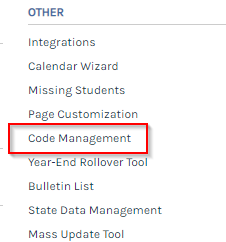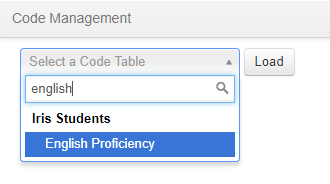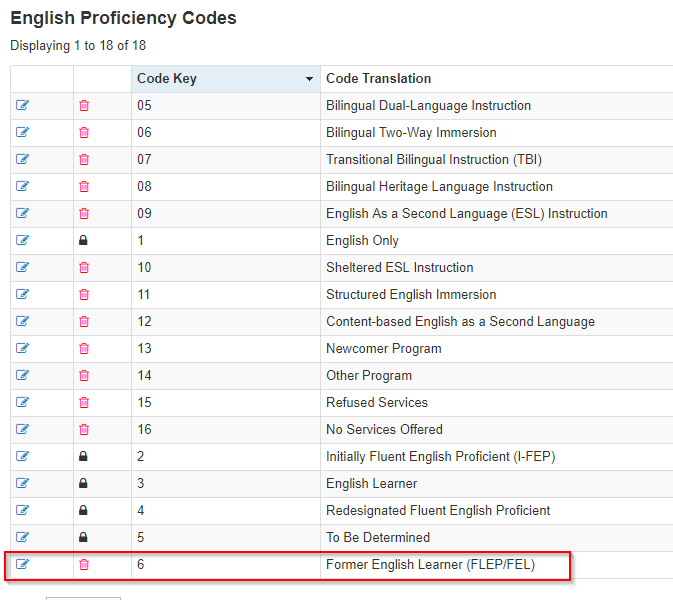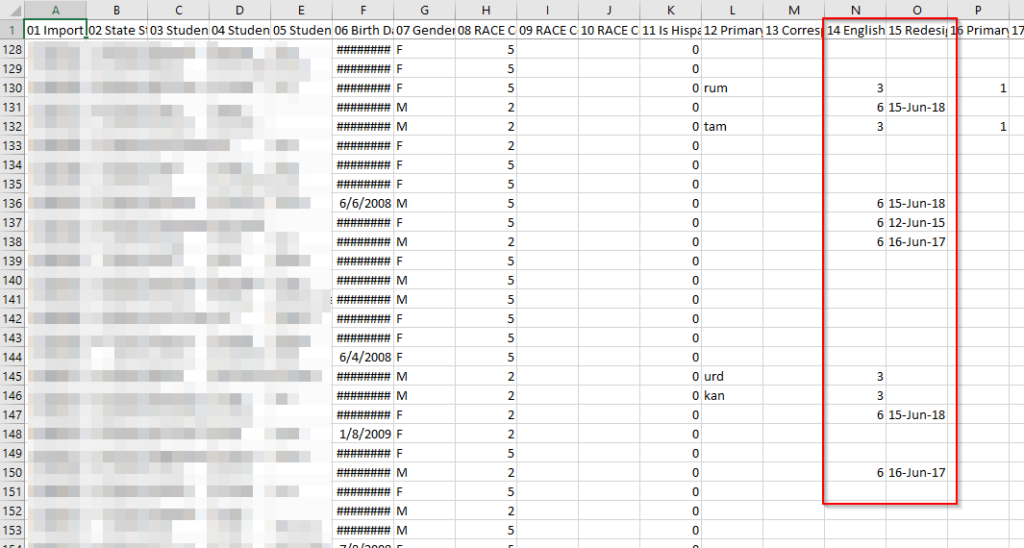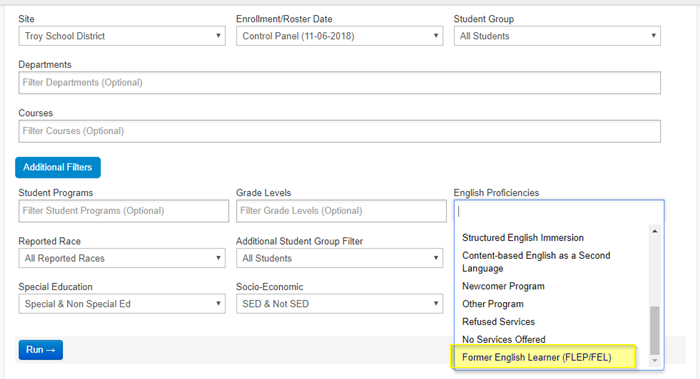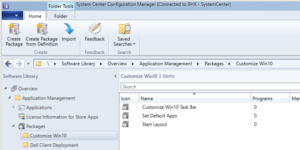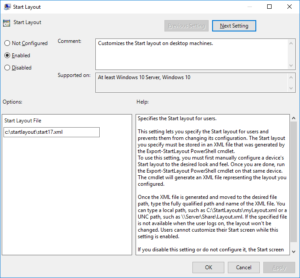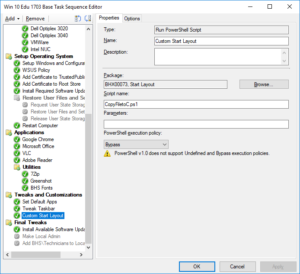As I’m mentally starting to shift to the new job, I just got hit by another wave of anxiety. Did I make the right choice? What have I done? Why did I leave somewhere safe?
I know they’re all irrational reactions, a defense mechanism. But as humans, they’re hard-wired into our brains and nervous system. Change is hard, and change is dangerous. At least, that’s what our instincts tell us.
I’m going to have a 90±5 mile one-way commute. That feels like a very convenient excuse to run away and call this whole thing off, crawl with my tail between my legs to beg for my old job back, and forget this whole thing ever happened.
That’s still just an excuse, though, and would do more damage than good.
A role like this doesn’t come around often. I know. I’ve personally experienced that since I’ve been applying, sometimes interviewing, and most frequently getting rejected for these roles for the last 12-15 years. Only once did I get a second interview AND an offer.
I ended up declining because I realized it wasn’t the job I wanted. It was only that specific business unit that I wanted to join. That wasn’t enough, given the other trade-offs required by the organization as a whole.
I’d all but given up when my last opportunity in November of ’24 ended up with the same proverbial door closed in my face, made even worse considering that it was within my own department, then being told “no, you’re not good enough to unseat the person who was already tabbed for the job before any of this even started. But thank you for participating in the courtesy interview.”
Soon after, my connections and professional network came through for me (again). I got clued into this new opportunity weeks before it got publicized. During the pros/cons phase, I had to weigh how much the biggest con (the commute & distance) compared to the biggest pro (the documented, official leadership role and title that I’ve been told over the years that my résumé lacked).
When the entire process concluded and I had the unofficial job offer on the table in front of me, I waffled a moment. I think I made the executive director a bit nervous at that point because he knew the drive time was a big concern, when weighed also with my family obligations.
In the past, I’ve either skipped postings or even outright declined offers to even just talk based solely on commute time. I’d gotten very comfortable with driving 11 miles, none of which on a highway, and being home in less than a half-hour. I had artificially limited myself to considering opportunities only within the local area. That backfired on me as there were few, if any, available. Those that were available were significant steps back at worst and a lateral move at best, and the very few that met professional growth criteria just meant that my applications were rejected or ignored anyway.
I raised this again with my wife. She shared my hesitation since she had worries of her own about all of this. But we also knew, based on my history of rejection, that I’d never get an opportunity like this again before I retire from K-12. All of those years of districts saying “no” because:
- I didn’t already have a line in the rez with the title “manager,” “supervisor,” or director.
- I wasn’t technical enough, having not been a network engineer along with people leader along with DBA along with certified project manager.
- I was too technical. I wasn’t a former classroom teacher or principal who just happened to have a “passion for technology.”
- The district knew they couldn’t afford me or afford to keep me, even if I accepted a salary downgrade just to get the job.
- The district already intended to promote a specific person to the role, but needed to field applications and give a certain number of interviews to make it look less nepotistic.
I started feeling that while I’m not blind to the political landscape of human resources, I may have been too naive. I hit the professional ceiling and felt like those years of sacrifice in school to improve my chances of professional growth — both myself and my family — was a waste of time, emotion, and now the albatross of the Ancient Mariner that is my student loan.
So how can I run away now? If I run, then I’m back to exactly where I was. Those two paragraphs before the list above. And the difference is that there will not be any more chances. Plus there’s the cascading effect that my leaving is having on both the organization and the colleagues I’m leaving behind. It’s finally woken the organization up to what we’ve been wringing hands about for years. Just unfortunate that it’s taking my departure to spur them into realizing it and snapping out of the complacency that we’ve frankly enabled.
I was hired for a reason. I made it through about six weeks of the process to get to this point and each of the checkpoints in those six weeks. In a way, K-12 is like professional sports. There is a limited number of spots on a team roster or front-office managerial positions or coaching spots. And there’s always someone coming up from behind, ready to take your job from you. Creating new jobs or even expanding the headcount for a job role doesn’t happen very regularly, if at all.
That I made it to this point is, I have to remember, a testament to my professionalism and my experience. Just because a friend let me know this job was coming doesn’t mean my friend got me this job (he’d done me the same favor years ago for a different role at this organization, but I didn’t even make it past the initial phone screen then).
So I’ll make the drive. I’ll work to earn the trust that they’ve shown in me by offering me the job. We’re in the job of educating kids, so I’ll bring my experience, my philosophy, and my professional connections to help. I’ll stumble along the way, certainly, but I won’t run away.

